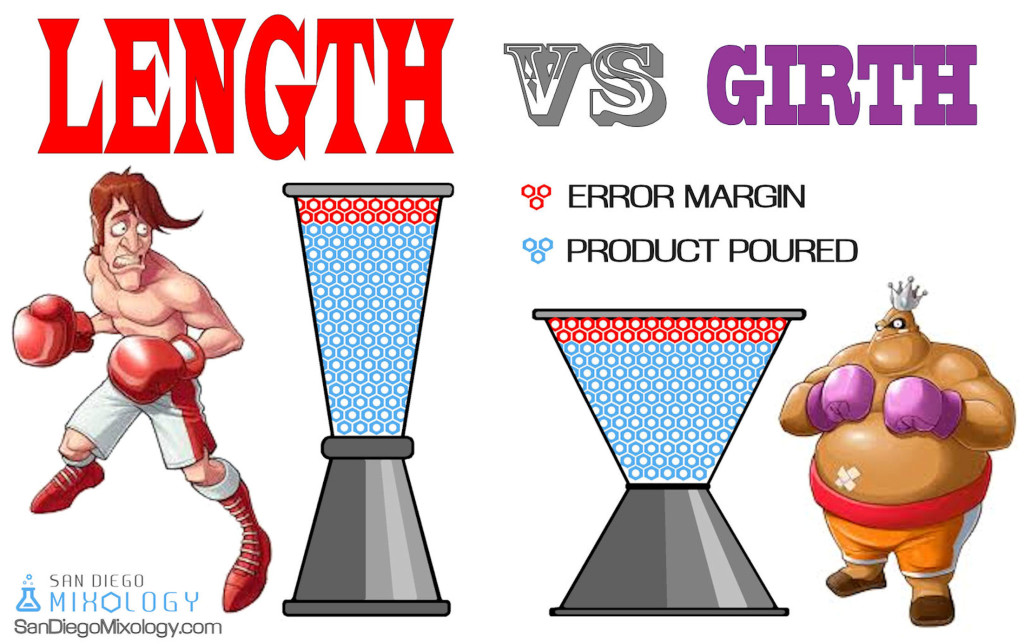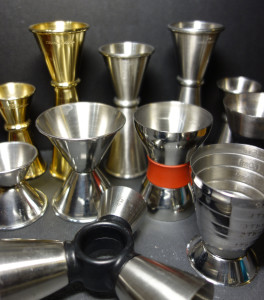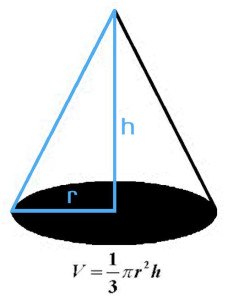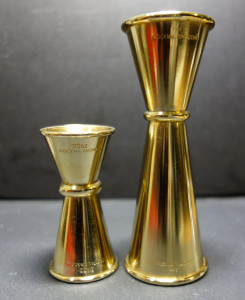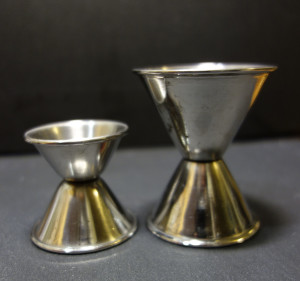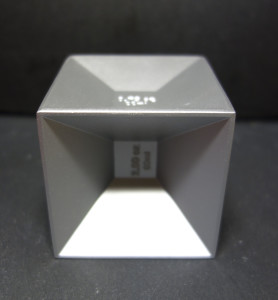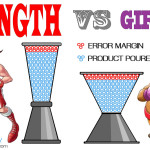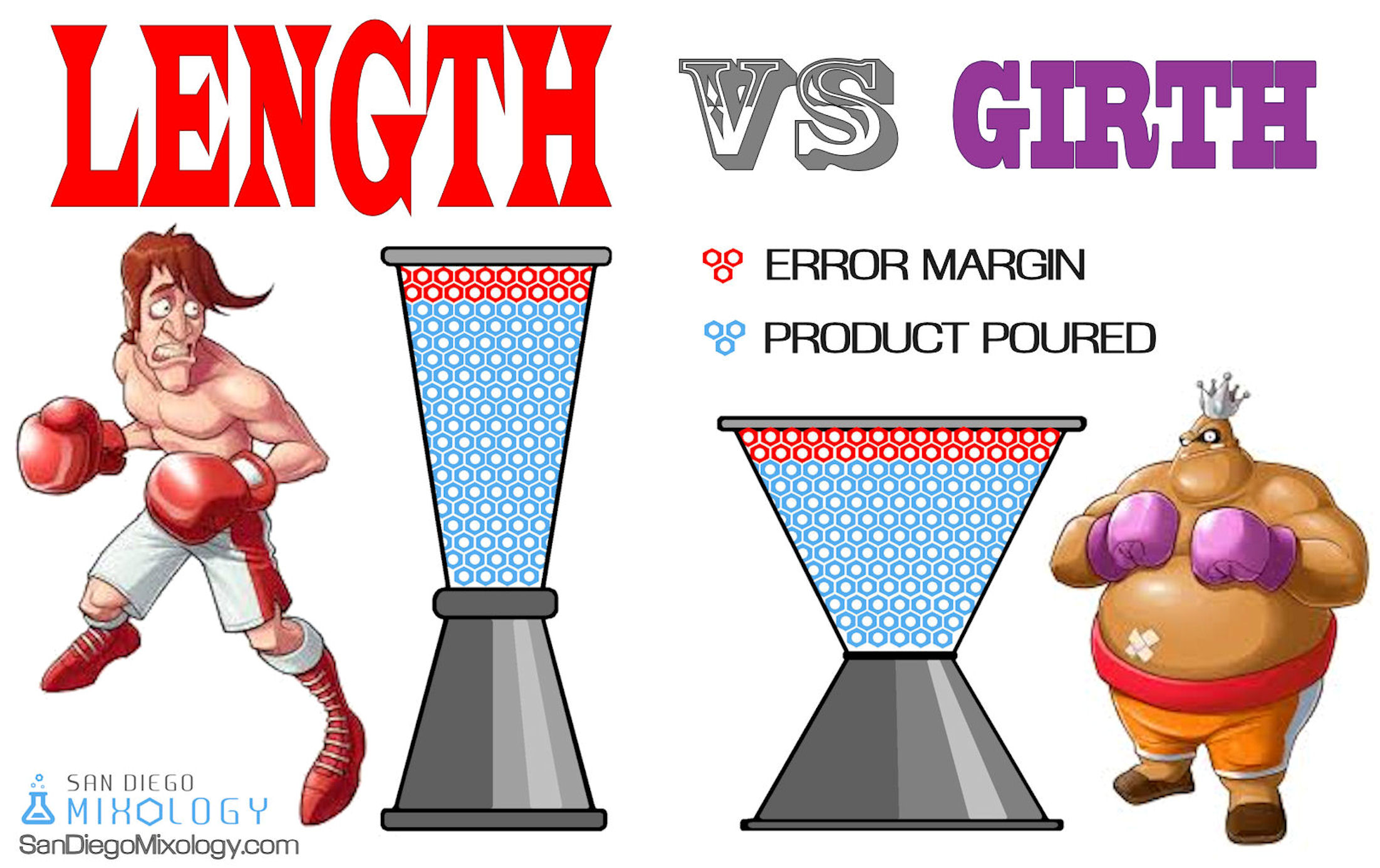
Mixology Cocktail Equipment 101: Jiggers
Mixologist or not, recreating your favorite craft cocktails, is going to require a staple of mixology cocktail equipment, jiggers.
If you ever win a Grammy, please use it to measure out your favorite spirit or build your go to cocktail, just like Jay Z. Otherwise, you’ll have to use a cocktail jigger like everyone else does.
Most home mixologists and non-industry folk tend to seek out the following characteristics when purchasing a jigger for their explorations into the basics Mixology 101:
1. Equipment aesthetics: Does it look cool, pretty, or hipster?
2. Ease of use: Are the measurements easy to read on the jigger?
Perfectly understandable and probably the exact guideline I would follow, if I wasn’t already immersed in cocktail nerd-dom. However, if the mixology endeavor you are about to take on requires volume, speed, and consistency, these characteristics should be an afterthought.
So then you ask, what criteria should I look for in a jigger?
Length vs Girth: Jiggers and more Jiggers
Jiggers come in so many different shapes and sizes, and made from varying materials as well.
If you are the casual home bartender, go ahead and pick the prettiest jigger with the bedazzled Swarovski crystals. You are probably only making cocktails for yourself and your friends on a casual basis, so it’s okay to judge a book by the cover. However, if you are doing some volume like us industry folk, the shape of the jigger is the most critical factor to look for if you want consistent mixology cocktails.
Length, length, length. The longer the jigger, the smaller the diameter. The smaller the diameter, the more accurate your pours will be measured. This is why all of the serious mixologists use the Japanese style Cocktail Kingdom jiggers that are longer and narrower than standard measuring devices.
If a jigger has a wider diameter, it will be less forgiving when it comes to user error. Pouring into a jigger is mostly done by sight. If the lights are dim, or the bartender is just careless or distracted, a slightly inaccurate pour will vary drastically depending on the jigger’s shape and dimensions.
Unfortunately, this is where we are reminded of why the math you once ignored in high school will sneak up behind you later in life, and say, “Remember me?!” Luckily, I have done all the math and will save you the brain hemorrhage from trying to recall geometry and trigonometry!
Spoiler Alert! Nothing but boring math here… but in layman’s terms!
First, we have to determine the values of all the angles and lengths of the sides, since all we have going into the battle is the radius and the volume of 1 ounce.
(This adjusted volume is calculated by subtracting the volume of the pointed end of the cone that does not exist – since jiggers are not perfect cones, but have a flat base inside the jigger cup’s cavity.) We then determine the volume after you decrease the height or h value by 2mm to reflect the experiment of a short pour by this amount.
Divide the difference in volumes by the entire cavity’s volume to determine the % difference.
Even without the math, pure logic makes it easy to conclude that the longer the radius, the more volume will be lost in the 2mm of height.
Yawwwwwwn. I know.
Tale of the Tape: Comparing the Stats
To better illustrate my point, let’s compare the Japanese Cocktail Kingdom jiggers to the common, generic mixology jigger. Visually, it is obvious that the Cocktail Kingdom jiggers are longer and more narrow. The standard equipment jiggers are wider and shorter. Let’s assume that the mixologist error was pouring 2mm short from the top.
The one ounce cup of the Cocktail Kingdom Japanese jigger has a radius of 19.5 mm.
When the the jigger is poured 2 mm short, the result is an error difference of 9% of volume.
The conventional mixology jiggers have a 25 mm radius for the 1 ounce measured cup.
When the pour is cut short by 2 mm, the volume that is missing is a whopping 17% by volume!
This is almost double the error margin of the Cocktail Kingdom jiggers!
There are several jiggers on the market that are even less forgiving because of their shape. As you now know, these would be any measuring devices that are wider and shorter.
The Cube measuring device is an example of form clashing with function. It is big and heavy in the hand and feels like a quality product. The look is unique and modern.
But the wide, shallow dimensions of the Cube create a 2mm pour error of 24%!
Let math be your friend and always pick length over girth! Know your application and make your educated choice on what to buy. One of the best features of the Japanese style jiggers is the fractional markings inside the cavity. Several other styles and brands do this as well. It allows you to pour 1 oz from one side, then use the same jigger cup to pour other fractional measurements – as you will see a 1/2 oz line inside the 1 oz cup, a 3/4 oz line etc. Always pick up the jigger and make sure it feels comfortable in your hand and fingers. Also note that the gold and copper finished jiggers look beautiful, but are much more susceptible to corrosion, scratches, and pitting compared to durable stainless steel. Congratulations, you are now a cocktail geek.



